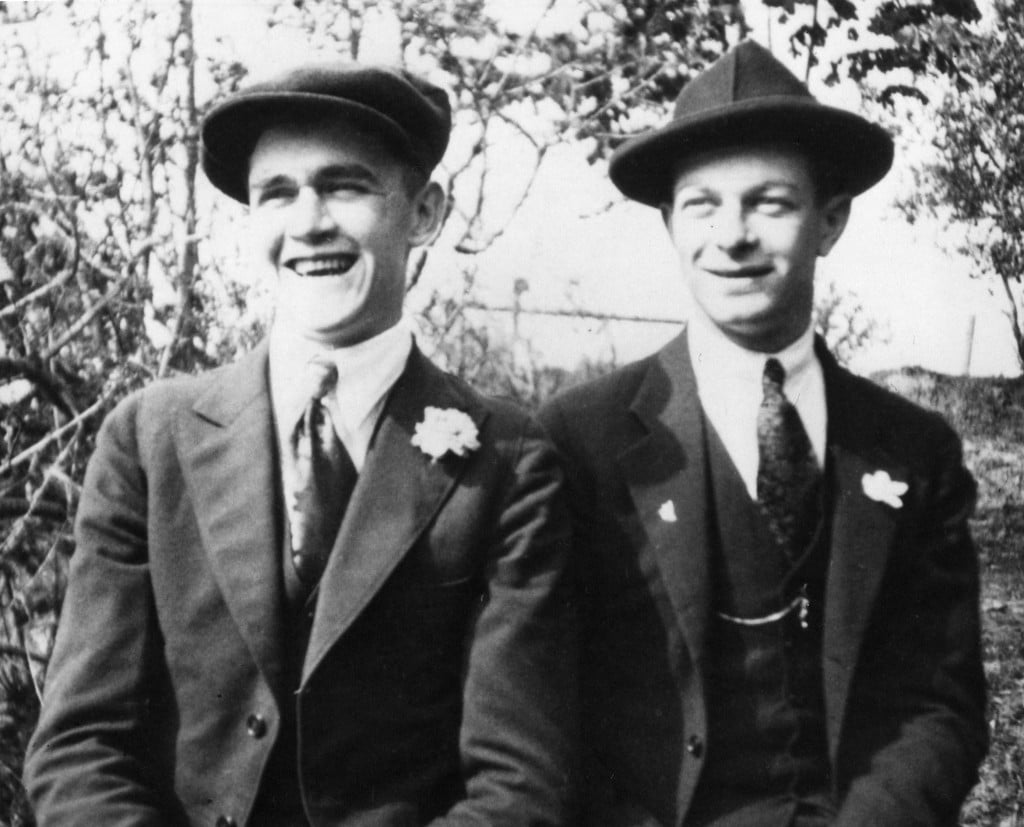How can ammonia be taken out of the air and turned into fertilizer for plants? This was the question that consumed Paul Emmett in the late 1920s. Emmett’s investigations over the next several years led to the development of the Brunauer-Emmett-Teller (BET) theory, a technique still used around the world today, which allows scientists to calculate the surface area of a material from the amount of gas it absorbs.
Not long after this breakthrough, which earned him a Nobel Prize nomination, Emmett was invited to join the Johns Hopkins faculty in 1937 to organize the chemical engineering department and continue his research on adsorption. He remained associated with Johns Hopkins engineering for much of the next three decades, doing work that garnered him the honor of being the “father of catalysis.”
After the Japanese attack on Pearl Harbor in 1941, the focus within chemical engineering at Johns Hopkins shifted to defense. “I did my best with all of my students to try to direct them into jobs that would utilize their training most effectively in the war effort,” Emmett recalled in a 1983 letter.
Given his area of expertise, it wasn’t long before Emmett himself was tapped to help. In August 1943, he moved to New York City to join the Manhattan Project at Columbia University, under Harold Urey. Emmett’s lab, the first of five labs to work on the atomic bomb, focused on the separation of uranium isotopes. In particular, the lab aimed to convert uranium into a corrosive gas. After the scientists found that their methods required a material that would not be corroded by the gas, one of Emmett’s scientists came up with a suitable substance—which eventually became the forerunner to today’s Teflon.
After the war was over, Emmett moved on to a residency with the Mellon Institute of Industrial Research in Pittsburgh but continued to consult for the Manhattan Project. In Pittsburgh, Emmett’s group further refined the Fischer-Tropsch process—first developed by the Germans to produce liquid fuels—and introduced the use of carbon isotopes for studying reaction mechanisms and pathways.
In 1955, Emmett returned to Johns Hopkins as a professor of chemistry, where he continued his research program on catalysis. That same year, he was named to the National Academy of Sciences. He remained on the Johns Hopkins faculty until his retirement in 1971.
The Pauling Connection
Growing up in Oregon and then as an undergraduate at Oregon Agricultural College, Paul Emmett developed a friendship with influential scientist Linus Pauling that would last a lifetime.
Their shared fascination with chemistry started early, and Emmett later recalled his buddy’s early experiments during grammar school: “[Linus] had a chemical laboratory at home. On some occasions, he would make explosive chemicals and then go out and put them on the car track so that when the street car came by they would explode.”
Over the decades, the two scientists stayed close, even as Pauling was awarded not one but two Nobel Prizes—for chemistry in 1954 and for peace in 1962—making him the only person ever to earn two unshared Nobel Prizes.
In the mid-1970s, Emmett married Pauling’s sister Pauline, who cared for Emmett until his death in 1985 at age 85. During the couple’s years together, Linus was a frequent visitor to their home.





